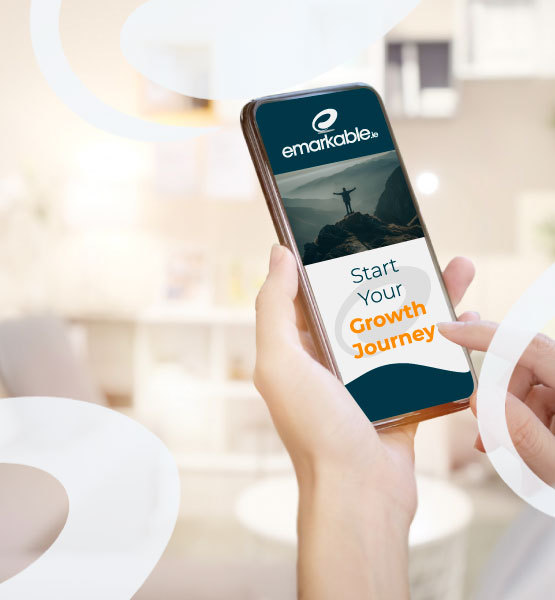What is your ROI on Social Media
When it comes to businesses leveraging social media technologies, there is one common trend that we see happening; a lot of time and effort is put into launching a number of different social technologies and activities, but very little effort is put into measuring how effective these initiatives are in actually generating a return on investment for the business.
The problem could stem from the fact that when it comes to measuring social media ROI there really isn’t a standard process on how to do it; in fact some experts will tell you it can’t be done. But we know better.
Customer Lifetime Value (CLV)
The most important measurement when it comes to calculating social media ROI is your Customer Lifetime Value (CLV). In lament terms, CLV is the amount of revenue a customer will bring to your company over the course of their lifetime with your brand.
For example, let’s say you are a children’s bookstore company and you know that a typical customer will spend €30 every month with you with the average customer doing business with your company for 4 years. The Customer Lifetime Value would be: €30 x 12 months x 4 years = €1440.
Once you know your CLV you can now determine your allowable Cost of Acquisition (how much you are likely to invest to acquire a new customer). As a starting point, the general rule of thumb is to allocate 10% of your Customer Lifetime Value to your Cost of Acquisition budget. In the example above, 10% of €1440 is €144. That means for the children’s bookstore company, if they are able to bring in new customers through their social media activities at a cost of less than €144 per acquisition, then they are getting a solid return on their social media investment.
Tracking Acquisitions to Your Social Media Activities
In order to be able to effectively attribute a new customer to your social media activities you need to ensure that you have all the proper tracking elements in place. Each of your social media campaigns should drive people to a landing page that is unique to that social campaign. This will not only allow you to attribute any acquisitions or leads to your social efforts but also attribute them down to the specific
social campaign they converted on, which is how you go about determining which social campaigns are getting you a return and which are not. Each of these landing pages need to have a form to capture the conversion and each form needs to have a unique thank-you page in order to properly track the conversions through your analytics dashboard.
Measurement Best Practices Checklist
Define clear goals. Before you set out to measure your social media returns, you need to have a clear idea of what it is you want to accomplish. You can’t evaluate the ROI accurately without a baseline.
Track KPIs overtime to determine trends. By keeping track of your KPIs month over month you will be able to determine if any trends are occurring and easily track them back to their point of origin.
Invest in a good social measurement tool. Unless you want to crunch your KPIs manually (sentiment rating is especially hard to do), it is recommended that you invest in a social media measurement tool that will do the work for you.
Engagement can drive ROI. If you are looking for ways to increase your social media ROI become more engaged with your social communities. Interactions with your customers can help drive new and repeat business.
Ensure your social strategy is in line with your business strategy. Bottom line, businesses don’t do social media to be social. They do social media to grow sales and revenues, so you need to ensure your social initiatives are aligned with those fundamental business goals.
Be committed. Those companies that find success with their social campaigns all have one thing in common; they were committed. Each had a plan, executed it well and saw it through to the end. ROI is not going to happen unless you are “in it to win it”.

